Remote Patient Monitoring (RPM) is transforming the landscape of healthcare delivery, particularly for the senior population. As a cornerstone of modern medical practices, RPM leverages digital technology to monitor patients' health and wellness in between traditional face-to-face healthcare settings. This service is invaluable in managing chronic conditions, reducing the frequency of hospital visits, and empowering seniors to take an active role in their healthcare journey.
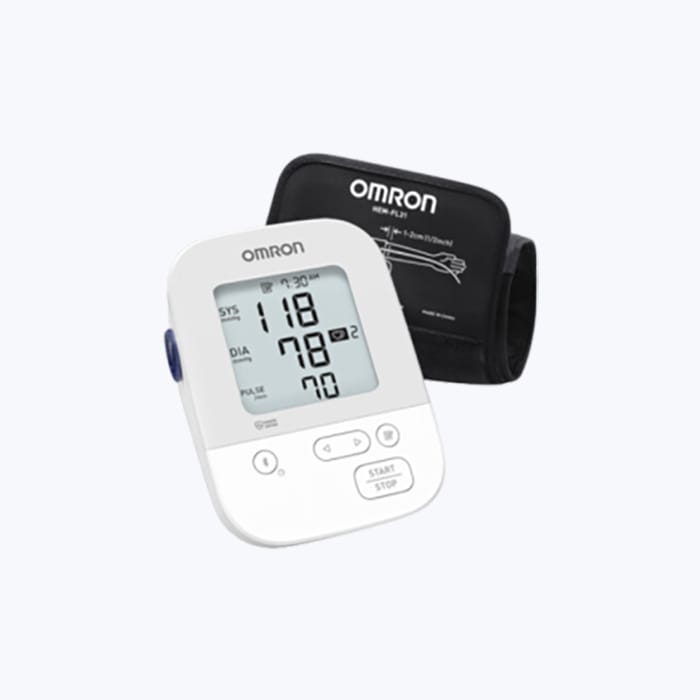
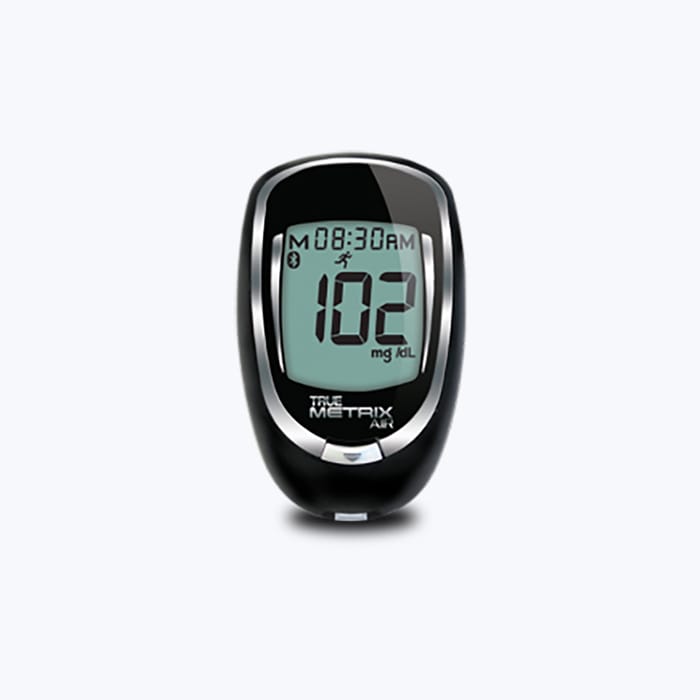
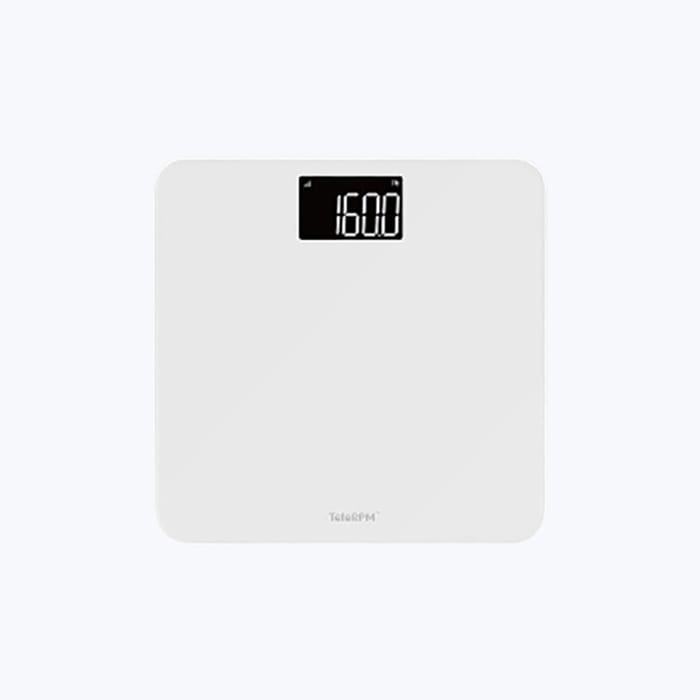
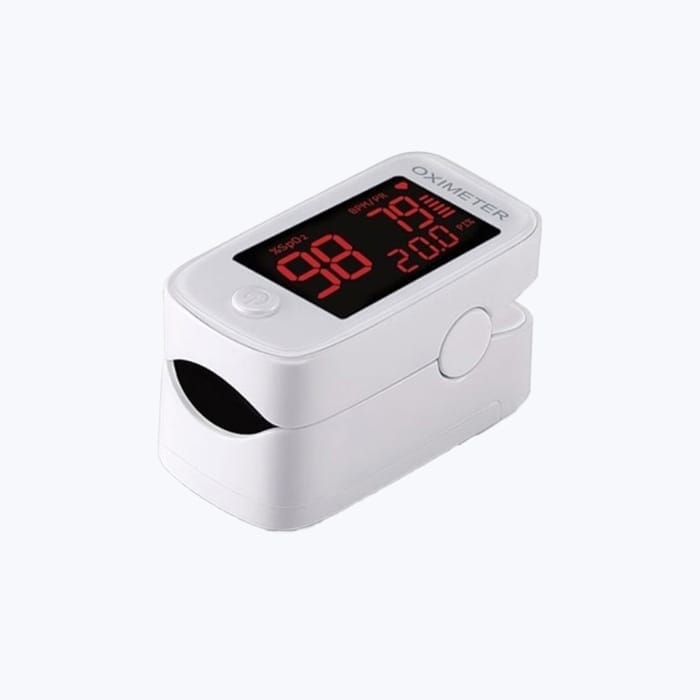
RPM involves the use of digital technologies to collect medical and other forms of health data from individuals at one location, and electronically transmit that information to healthcare providers in a different location for assessment and recommendations. This monitoring can cover a wide range of health data, including vital signs, blood pressure, heart rate, blood sugar levels, and blood oxygen levels.
For seniors, RPM is particularly beneficial. It enables continuous care delivery without the need for frequent physical visits to healthcare facilities, which can be challenging for those with mobility issues or chronic conditions. It also allows for early detection of potential health issues, preventing them from escalating into more serious conditions.
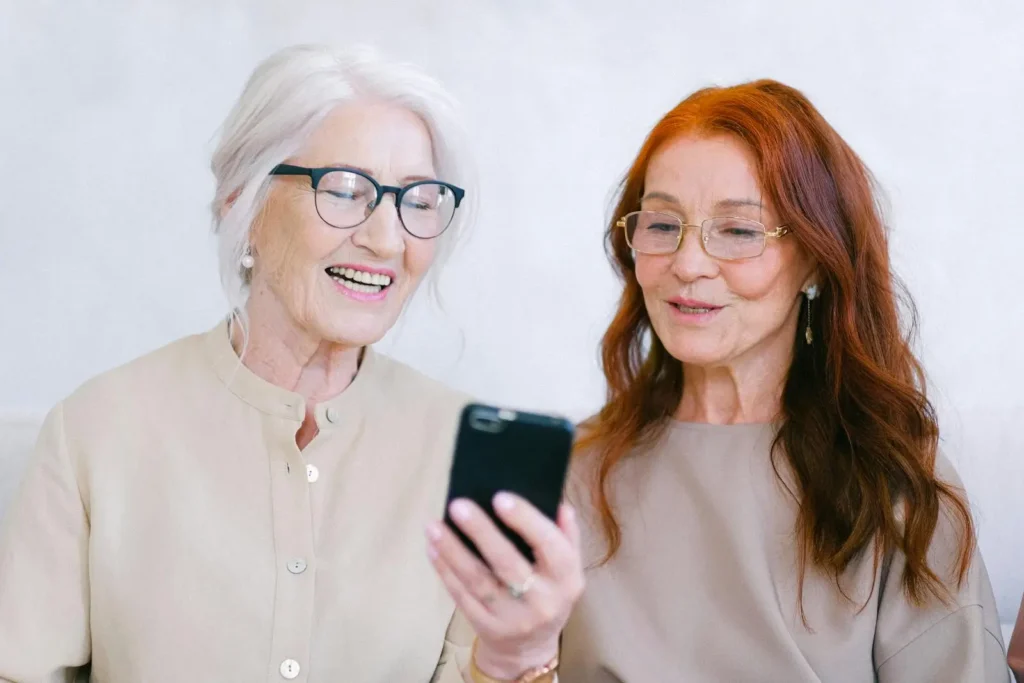
RPM offers seniors a myriad of benefits. It provides a sense of autonomy over their health care, reduces the stress and inconvenience of regular hospital visits, and enhances their overall quality of life by allowing them to stay in their preferred living environment for longer. Additionally, the immediate feedback loop created by RPM systems can reassure patients that their health is being monitored closely, providing peace of mind to both them and their families.
From a provider's perspective, RPM enhances the ability to track patients' health more efficiently, leading to better management of chronic conditions and more informed decision-making. It reduces the strain on healthcare resources by decreasing the number of unnecessary hospital admissions and visits. Furthermore, RPM facilitates a more personalized approach to care, where treatments and interventions can be adjusted in real-time based on the data received.
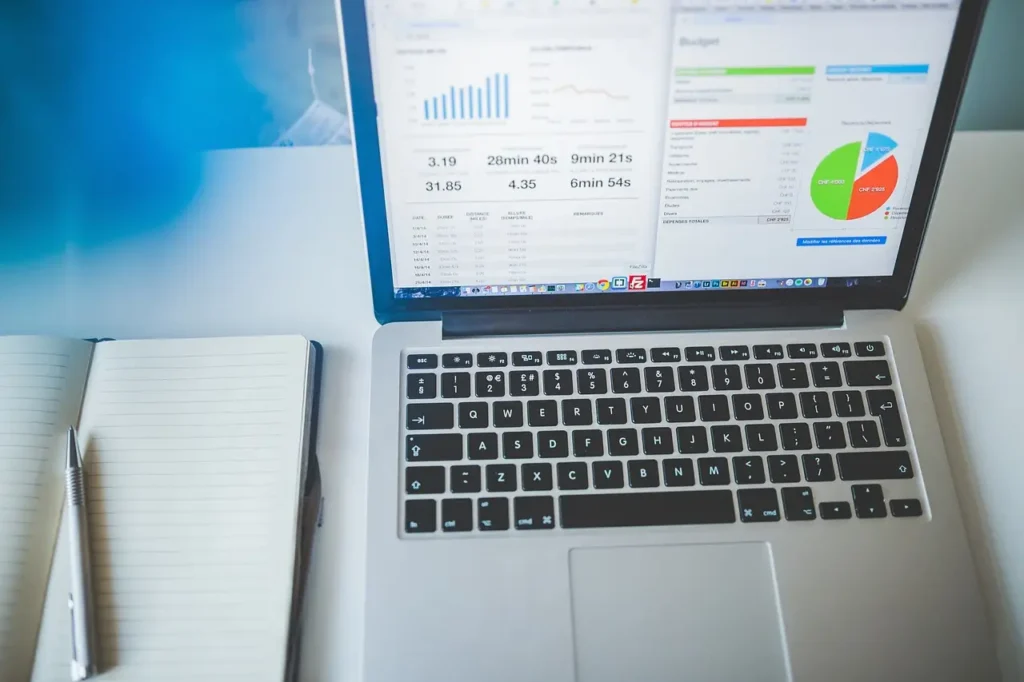
The operational details of RPM begin with selecting appropriate monitoring devices for the patient's specific health needs. These devices are user-friendly, designed for easy use in the home environment, and capable of transmitting data securely to healthcare providers. Once set up, patients are instructed on how to use these devices as part of their daily routine.
Healthcare providers then receive the transmitted data through a secure platform, where it's reviewed by a team of professionals. Any anomalies or concerning trends trigger alerts, prompting immediate follow-up actions. These can range from a simple adjustment in medication to emergency intervention if necessary.
Regular check-ins via telehealth appointments are scheduled to discuss the data, address any concerns, and adjust care plans as needed. This ongoing engagement ensures that seniors feel supported and involved in their care processes, fostering a collaborative relationship between them and their healthcare team.
Remote Patient Monitoring is more than just a technological innovation; it's a new paradigm in healthcare that offers a blend of convenience, efficiency, and patient-centered care. If you or your loved one could benefit from RPM, reach out to your healthcare provider to explore how this service can be integrated into your care plan, ensuring continuous support and monitoring for a healthier, more independent life.